Introduction
In the realm of culinary arts, the exploration of wild ingredients often leads to dishes that are not only flavorful but also steeped in tradition and cultural significance. Among these, wild rabbit, or hare, stands out as a versatile and nutritious meat that can be prepared in myriad ways across various cuisines worldwide. From rustic country stews to gourmet delicacies, the preparation of wild rabbit offers a fascinating insight into the interplay of flavors, textures, and cooking techniques. This article delves into the art of preparing wild rabbit, highlighting various traditional and innovative recipes, cooking methods, and tips for achieving culinary perfection.
Understanding Wild Rabbit Meat
Before diving into the recipes, it’s crucial to understand the unique characteristics of wild rabbit meat. Unlike domesticated rabbit, wild rabbit tends to be leaner, with a slightly stronger flavor due to its diet and lifestyle. This leanness means that it can dry out quickly if not cooked properly, necessitating careful attention to cooking time and temperature. Additionally, wild rabbit meat benefits from marinades and tenderizing techniques to enhance its flavor and texture.
Marinating and Tenderizing Techniques

-
Brining: One effective way to tenderize wild rabbit meat is through brining. A brine solution, typically made of salt, sugar, and water, can be infused with herbs and spices to add flavor. Soaking the rabbit in this solution for several hours helps to draw in moisture, making the meat more tender and juicy.
-
Marinating: A marinade, often acidic (like vinegar, lemon juice, or wine) and containing aromatic ingredients (such as garlic, onions, and herbs), can penetrate the meat, breaking down proteins and adding layers of flavor. Marinating for at least a few hours, preferably overnight, allows the flavors to meld and the meat to soften.
-
Mechanical Tenderization: Using a meat mallet or tenderizing tool to gently pound the rabbit can break down muscle fibers, making the meat more tender. This method is particularly useful for thicker cuts.
Cooking Methods for Wild Rabbit
The versatility of wild rabbit lies in its ability to be cooked in various ways, each bringing out different textures and flavors. Here are some popular methods:
-
Roasting: Roasting is a classic method for cooking rabbit that allows the natural juices to be retained, resulting in a moist and flavorful dish. Preheat the oven to around 375°F (190°C). Season the rabbit with salt, pepper, and herbs of your choice. Place it in a roasting pan, breast side up, and roast for about 45-60 minutes, depending on size. Basting regularly with melted butter or a flavorful sauce can enhance the taste.
-
Braising: Braising involves cooking rabbit slowly in a small amount of liquid, usually a combination of stock, wine, or beer, with vegetables and aromatics. This method is ideal for tougher cuts, as the low and slow cooking tenderizes the meat while infusing it with rich flavors. Cook at a gentle simmer, covered, for about 1.5 to 2 hours, or until the meat is tender and falling off the bone.
-
Stewing: Similar to braising, stewing involves cooking rabbit in a liquid, but typically over a longer period and at a lower temperature. Stews are hearty and perfect for colder weather, as they create a comforting, rich broth filled with tender meat and vegetables. Use a heavy-bottomed pot and cook on low heat for several hours, allowing all the flavors to meld together.
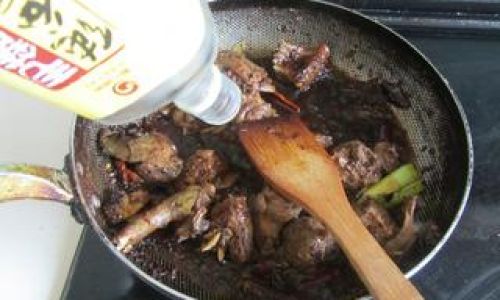
-
Grilling: For a more summery approach, grilling rabbit can be a delightful option. Marinate the meat overnight, then grill over medium-high heat, turning occasionally, until evenly browned and cooked through. This method offers a smoky, caramelized exterior that contrasts beautifully with the tender interior.
-
Frying: Pan-frying rabbit can create a crispy exterior while keeping the interior moist. Use a combination of butter and oil in a hot pan, and sear the rabbit pieces until golden brown on all sides. Finish with a splash of wine or broth in the pan to deglaze and create a simple sauce.
Traditional and Innovative Recipes
Classic Rabbit Stew
Ingredients:
- 1 whole wild rabbit, cut into pieces
- 2 onions, chopped
- 2 carrots, sliced
- 2 celery stalks, chopped
- 4 cloves garlic, minced
- 1 cup red wine
- 2 cups chicken or vegetable stock
- 2 sprigs fresh thyme
- 1 bay leaf
- Salt and pepper to taste
- Fresh parsley for garnish
Instructions:
- In a large, heavy-bottomed pot, sauté the onions, carrots, celery, and garlic until softened.
- Add the rabbit pieces and brown on all sides.
- Pour in the red wine and bring to a simmer, scraping up any browned bits from the bottom of the pot.
- Add the stock, thyme, and bay leaf. Season with salt and pepper.
- Bring to a boil, then reduce heat to low, cover, and simmer for about 1.5 to 2 hours, or until the rabbit is tender.
- Serve garnished with fresh parsley.
Wild Rabbit and Mushroom Risotto
Ingredients:
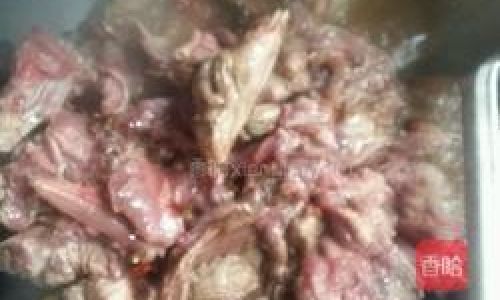
- 1 wild rabbit, boned and diced
- 2 cups Arborio rice
- 6 cups chicken or vegetable broth
- 1 onion, finely chopped
- 2 cloves garlic, minced
- 1 cup mixed mushrooms (such as shiitake, cremini, and button), sliced
- 1/2 cup dry white wine
- 1/2 cup grated Parmesan cheese
- 2 tbsp butter
- 2 tbsp olive oil
- Salt and pepper to taste
- Fresh parsley for garnish
Instructions:
- Season the rabbit pieces with salt and pepper. In a large skillet, heat the olive oil and butter over medium-high heat. Add the rabbit and cook until browned on all sides, then remove from the skillet and set aside.
- In the same skillet, sauté the onion and garlic until softened. Add the mushrooms and cook until they release their juices and begin to brown.
- Add the Arborio rice and stir to coat in the oil and flavors. Pour in the white wine and cook until mostly absorbed.
- Begin adding the broth, one ladle at a time, stirring frequently, allowing each ladle to be absorbed before adding the next. Continue until the rice is creamy and cooked through (about 18-20 minutes).
- Stir in the browned rabbit pieces and Parmesan cheese. Season with salt and pepper to taste.
- Serve garnished with fresh parsley.
Grilled Rabbit with Lemon Herb Marinade
Ingredients:
- 1 wild rabbit, butterflied
- Juice of 2 lemons
- 1/4 cup olive oil
- 4 cloves garlic, minced
- 1/4 cup fresh parsley, chopped
- 1/4 cup fresh mint, chopped
- 1 tsp dried oregano
- Salt and pepper to taste
Instructions:
- In a large bowl, whisk together the lemon juice, olive oil, garlic, parsley, mint, oregano, salt, and pepper.
- Add the butterflied rabbit to the marinade, ensuring it is well-coated. Cover and refrigerate for at least 4 hours, preferably overnight.
- Preheat your grill to medium-high heat. Remove the rabbit from the marinade, allowing excess to drip off.
- Grill the rabbit for about 6-7 minutes per side, or until evenly browned and cooked through (an internal temperature of 160°F or 70°C).
- Rest the rabbit for 10 minutes before slicing and serving.
Conclusion
The art of preparing wild rabbit is a journey through flavors, textures, and cooking techniques that can result in dishes ranging from rustic and hearty to sophisticated and elegant. Whether you choose to roast, braise, stew, grill, or fry your rabbit, the key to success lies in understanding the meat’s unique characteristics and applying the appropriate tenderizing and cooking methods. With a wealth of traditional recipes and room for innovation, wild rabbit offers a culinary adventure that is both rewarding and delicious. So, the next time you’re in the kitchen, consider exploring the world of wild rabbit cuisine and discover the joy of transforming this lean, flavorful meat into a culinary masterpiece.
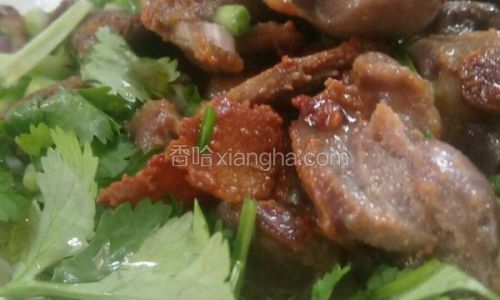

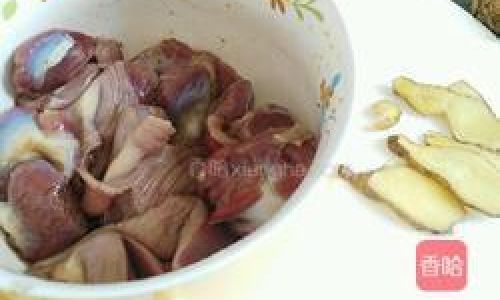
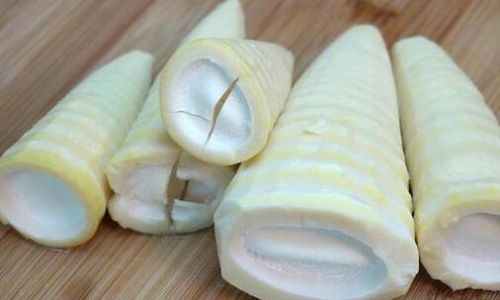


0 comments